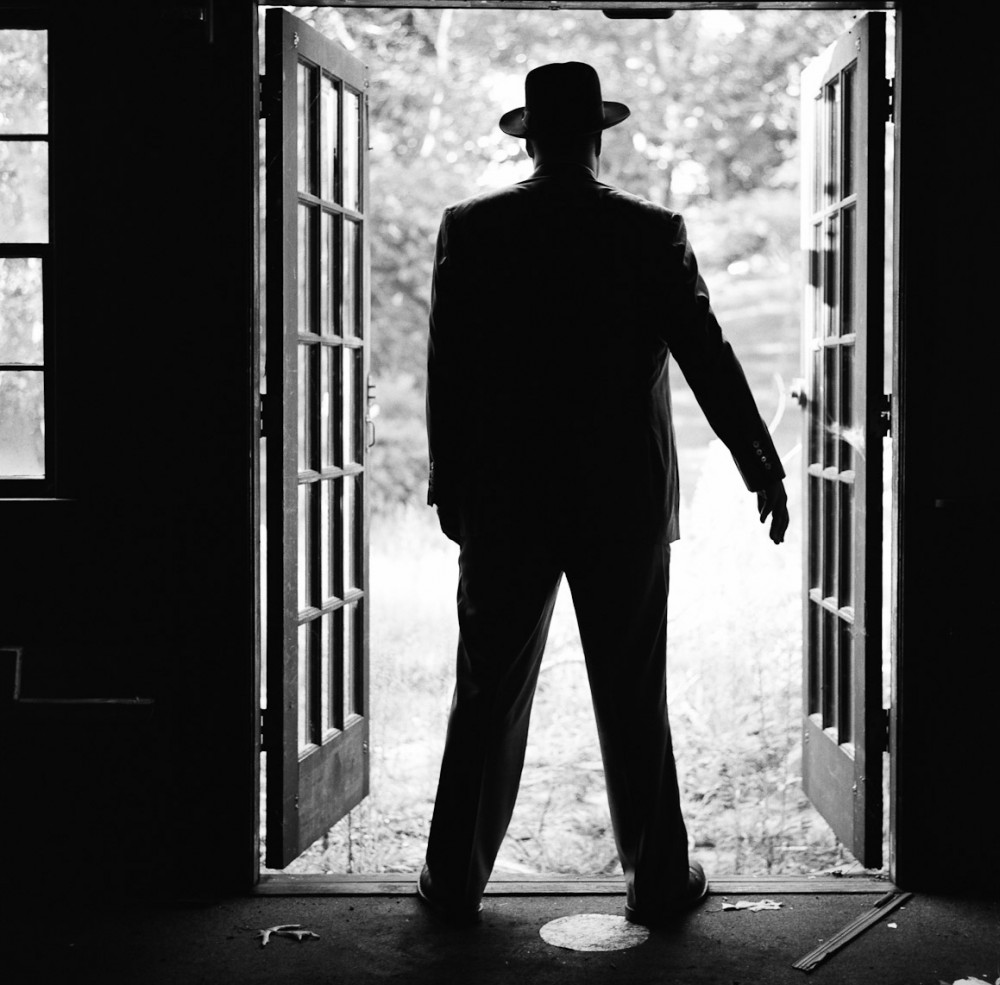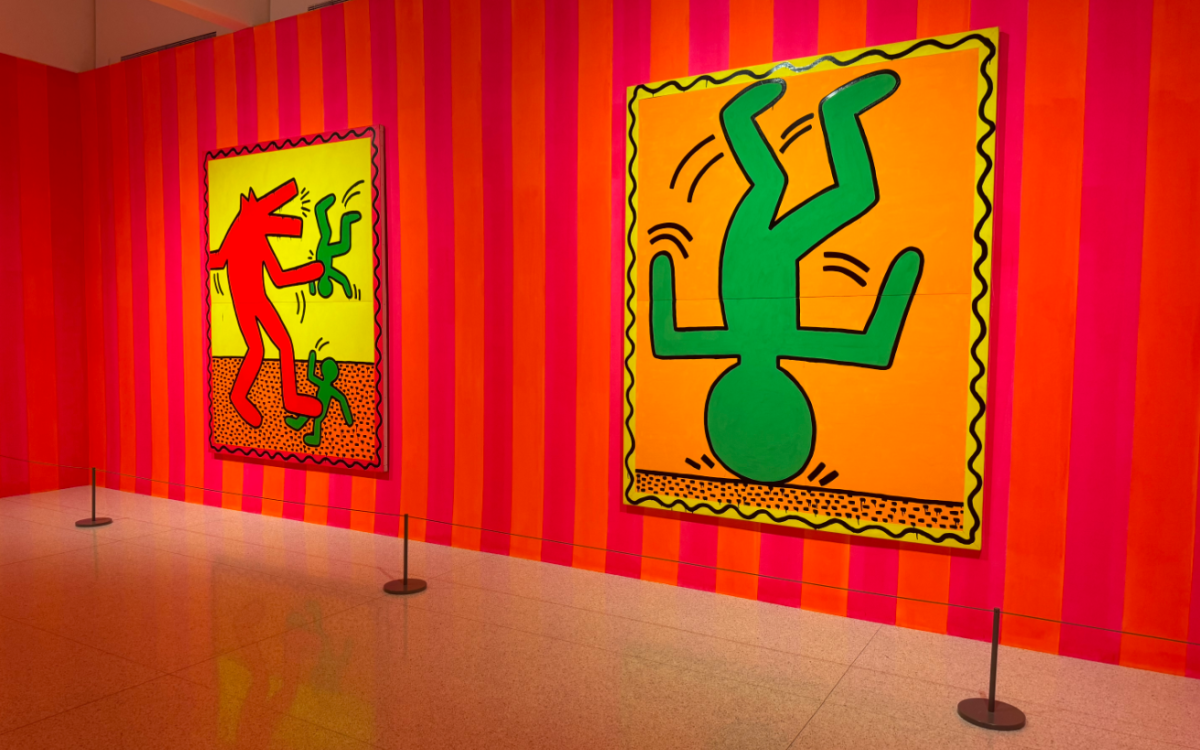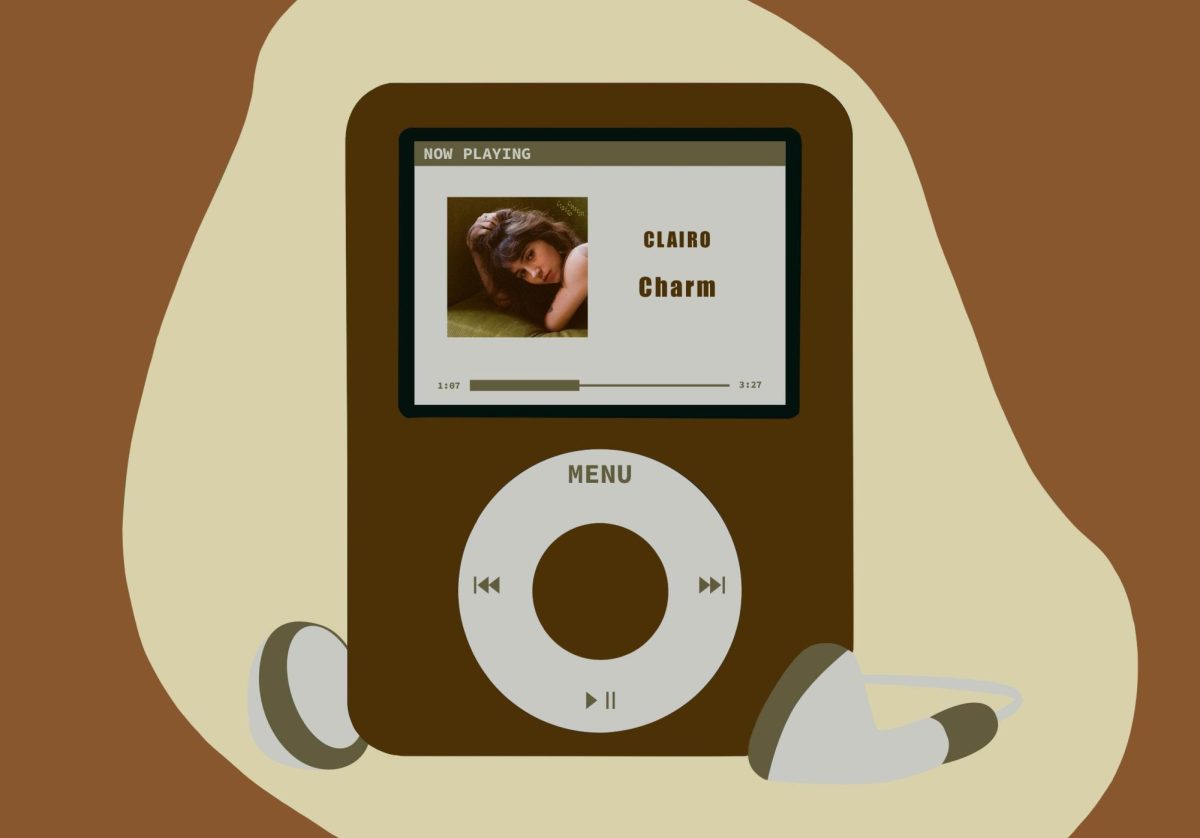Who is the man behind the man behind the Baudelaires? Who is Beatrice? Where and what is the sugar bowl?
Author Daniel Handler has a knack for asking more questions than he answers. His latest work, “Who Could That Be at This Hour?” is the first of a four-book series titled “All the Wrong Questions,” which follows the early life of the itinerant, morose and mysterious Lemony Snicket.
The melancholic narrator to the “A Series of Unfortunate Events” returns — albeit in the form of his younger self — in Handler’s new series peppered with clues, conjectures and winking “Unfortunate Events” references befitting a work suffused with noir elements derived from classic detective stories of literature past.
The author chatted with A&E to talk clues, corruption and Count Olaf, but was ever careful to never dispel the myth behind the man behind the man likely hiding behind a tree.
I have “Lemony Snicket: The Unauthorized Biography” “”in front of me —
Handler: I’m sorry to hear that
I noticed it’s peppered with found photographs. Would I be correct in assuming so?
Well you found them in a book.
I mean how you came into them.
All sorts of ways. Some of them are from closer ties that I — yeah, I don’t know what the line is between found photographs; if you find them in your own family’s haphazard archives — and by archives I mean a junk drawer … and then some of them are found in a more traditional setting, and then I asked people for some when I was making that book.
In an excerpt of “All the Wrong Questions” there’s the quote “a mystery is solved with a story. The story starts with a clue.” I was wondering to what extent these images have taken place as clues in your work.
When I was writing this book, I thought a lot about what a clue was because I had never really written a mystery before until I started the series, and so I was reading a bunch of mysteries, and you know, a clue is kind of what the author tells you it is. You admire the detective for finding the right object, but of course the author has just given the object to the detective in order to continue the story.
I’m interested in what the process was like for writing this mystery series. What kind of articles you have and the materials you perhaps collected over the course of writing.
I collected things mostly from books. I read a great, huge stack of noir and other kinds of sub-genres that might touch noir. I thought a lot about them … I’d had the idea some years ago when I was reading Raymond Chandler, and I felt like the journey of the detective discovering a corrupt world and trying to decide what his own moral code is in a corrupt world — that felt like childhood to me, and so part of what I was thinking about was, you know, “What’s the third-grade equivalent of walking into a room and someone turns the light on and has a gun on you?”
You’re talking about the corrupt world — I suppose everyone would point to “Count Olaf” who, at the end of “The End,” says to the orphans: “You think you can triumph in this world with nothing more than a keen mind, a pile of books, and the occasional gourmet meal.” He represents so much of what is evil — and he’s also so much of a charlatan … To what extent are you creating this series as a response to that? As maybe a manifesto for being an intellectual?
I don’t know if intellectual is quite the right word. Because, certainly, I think you can be an enormous reader and not be an intellectual, and probably — maybe, be a better reader by not being an intellectual. I think the world of Lemony Snicket is entirely governed by books; crucial information is in there from all the characters that are named with things that usually have literary allusions, and so the stuff of literature is the stuff that’s being thought about. Someone said to me once it’s like a world in which it’s literature instead of money. It’s not that money is absent from Lemony Snicket, but the idea … that having a different interpretation of “Madame Bovary” could lead to a huge schism, or something like that.
Just looking at overviews of what your projects are coming up — you are currently working on a book about a pirate who “wants to be an old-fashioned kind of pirate.” How does that perhaps tie into certain themes of “A Series of Unfortunate Events”?
I think most of my books are about people trying to enact a romantic idea — which is what writing a book is, kind of. And so a lot of romantic ideas are going to come from the past.
Are you a nostalgic yourself?
Well, I’m not a curmudgeon … But certainly, there’s some things — I think it’s more a literary world than it is an old-fashioned world. I like the idea of intrigue at a dinner party, but I don’t really think there was much more intrigue at a dinner party in the 1920s than there is now. In that literature, there’s always intrigue at a dinner party and so that makes the idea glamorous and romantic.
I’m also curious, just — in this new age of social networking — your use of those certain venues to parcel out clues online in simple forms of questions, and what that process was like — if you thought it over and what you decided to do.
When the first volumes of “A Series of Unfortunate Events” were coming out … I developed this weird, oddball presentation that I have continued with variations to this day, that tries to increase the mystery of writing rather than decrease it. And I felt the same way a little bit with the social networking, I think. There’s something very magical about, you know, receiving a small thing on your device. A tweet or a text or something … In many ways that feels like the Victorian calling card brought on a silver platter, but it’s not used in that way often, it’s just used ridiculously, so I try to think of ways that would be interesting.
This is in “The Unauthorized Autobiography” — phrasing chapters in the form of questions — and also this same element in the series’ titles. How did you decide what questions those would be?
Well, “Who Could That Be at This Hour?” has been a title that’s been in my head for a very long time … I mean, I like literature that asks questions in a more metaphorical, abstract sense, and so I thought it was fun to make literature that was asking questions in a more specific sense.
Do you care to list any of the pieces of literature that did ask certain questions that provoked you in your own readership?
My favorite book as a child — which I talk about to death, but I’ll just continue talking about — was “The Bear’s’ Famous Invasion of Sicily” by Dino Buzzati. It begins with a list of characters and so it has all the characters, and it has a few sentences about them and it intrigues you about the story that’s to come. One of the characters is a werewolf, and the author says “you never know when a werewolf is going to turn up.” So, even though no one knows if there’s a werewolf in the story, it’s good to list him in the characters because you would feel foolish if a werewolf appeared, and he hadn’t been listed in here. And then there’s not in fact a werewolf in the book. There’s a sense of how much an author can control and how much they can’t, and that’s interesting, right? It’s interesting to think “Why would you list a character who’s not in the book?”
A red herring, I suppose.
Well, I think it makes you think “This story is so interesting but even though I’m the author, I don’t have control over it.” And that’s an interesting question.
Did you ever feel that way during your own process?
I mean, I would feel — I think all authors feel this way — that your subconscious is busy working on something, so sometimes you think you have a problem coming up and then it turns out you’ve solved it. So, yeah — it’s out of your control.
And why 13?
It just always seemed like a nice, round number.























